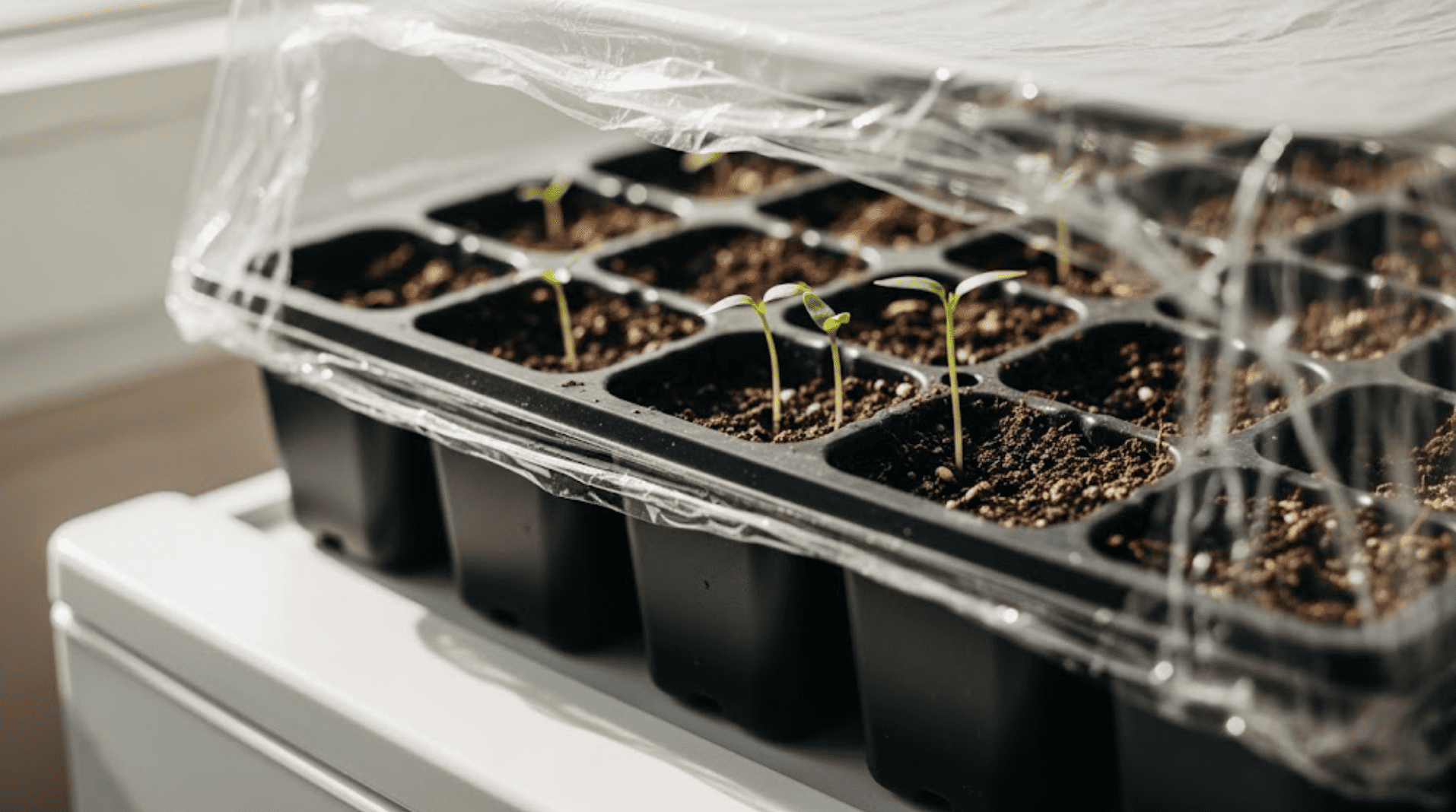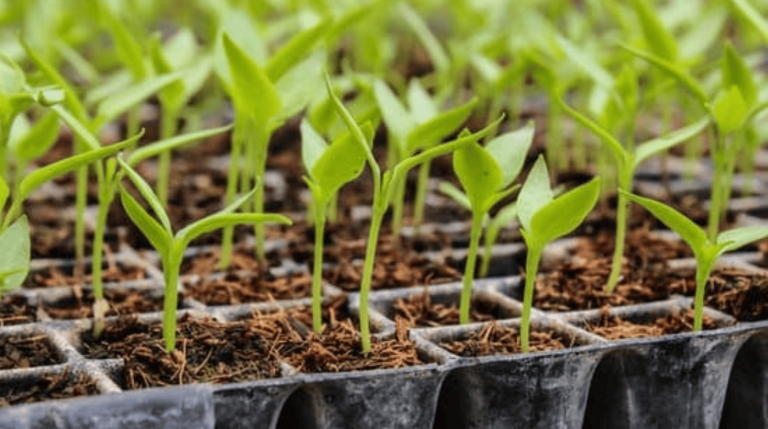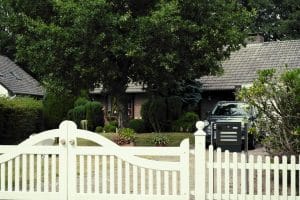Ever thought why your Jalapeno seeds take so long to sprout? Jalapeno seed germination is the process by which a dormant seed turns into a small green sprout ready to grow.
Knowing the germination time can save you from stressing about whether your seeds are working. I’ve created this blog because many gardeners give up on delicious seeds simply because they don’t know what’s normal.
You’ll learn how long to wait, which conditions speed up germination, and how to troubleshoot common issues. By the end, you’ll have the confidence to grow Jalapenos like a pro, instead of just hoping for the best!
Why You Should Track Germination Time for Jalapenos
Tracking how long your Jalapeno seeds take to sprout helps you become a more efficient gardener. By keeping track of germination times, you can spot which seeds aren’t sprouting and avoid waiting weeks for seeds that won’t grow.
This allows you to replant fresh seeds sooner. Temperature plays a big role in germination speed, with warmer soil encouraging faster sprouting. Keeping track lets you fine-tune your setup for optimal results.
Also, different Jalapeno varieties germinate at different rates, so documenting dates helps you identify potential issues with soil or seeds early on.
How Long Do Jalapeno Seeds Typically Take to Germinate?
Jalapeno seeds follow a pretty predictable timeline when they’re ready to grow. Here’s what you can expect during each stage of germination.
| Germination Timeline | What to Expect |
|---|---|
| Days 1-6 | Seeds are absorbing water and beginning to sprout. You won’t see anything above the soil yet. |
| Days 7-14 | Most healthy Jalapeno seeds will sprout during this time if conditions are right. |
| Days 15-21 | Slower seeds may still germinate. Some varieties naturally take longer to start growing. |
| After 21 Days | Wildly few seeds will sprout after three weeks. Consider replanting if nothing has emerged. |
This timeline helps you know when to be patient and when to try again. Most gardeners see their first Jalapeno sprouts around day 10.
Common Jalapeño Varieties and Their Germination Times
Different jalapeño varieties sprout at slightly different speeds depending on seed age and growing conditions. Here’s a quick reference guide to help you estimate how long yours might take to germinate.
| Jalapeño Variety | Germination Time (Days) | Heat Level (Scoville Units) | Key Traits |
|---|---|---|---|
| Early Jalapeño | 7–10 days | 3,000–5,000 | Fast-growing, great for short seasons, and smaller peppers |
| Jalapeño M | 10–14 days | 2,500–8,000 | Common home garden type, balanced flavor, and heat |
| Tam Mild Jalapeño | 14–21 days | 1,000–3,000 | Milder heat, ideal for pickling and stuffing |
| Mucho Nacho | 10–12 days | 4,000–8,000 | Larger pods, thicker walls, high yield |
| Craig’s Grande Jalapeño | 12–18 days | 3,000–6,000 | Consistent germination, strong plants, good disease resistance |
| Jalafuego | 10–14 days | 4,000–6,000 | Vigorous growth, high productivity, reliable heat |
| Biker Billy | 12–16 days | 5,000–8,000 | Hotter variety, excellent for salsas and cooking |
| Felicity (No-Heat) | 10–15 days | 0 | Sweet jalapeño type, ideal for mild dishes |
Tip: Varieties with thicker seed coats or hybrid genetics may take a few extra days to sprout, so patience pays off.
Ideal Conditions for Fast and Healthy Germination
Getting Jalapeno seeds to sprout quickly depends on three main factors: warmth, moisture, and depth. When you get these right, you’ll see faster and more consistent germination.
1. Soil Temperature
Jalapeno seeds flourish in warm soil between 75°F and 85°F. Cold soil below 60°F can completely halt germination. Use a soil thermometer to check the temperature before planting.
A heat mat can help maintain warmth, ensuring steady germination. Consistent temperature is more important than achieving a perfect number every day. Seeds with fluctuating temperatures take longer to sprout.
2. Moisture and Watering
Keep the soil damp, like a wrung-out sponge, never soggy. Overwatering drowns seeds, causing them to rot. Check daily by poking your finger an inch into the soil.
Water gently when the surface is dry but the underneath stays slightly moist. A spray bottle helps maintain consistent moisture without washing away seeds.
3. Sowing Depth and Seed Quality
Plant seeds about 1/4 inch deep in loose, well-draining soil. Too deep, and it’s harder for sprouts to reach the surface. Use fresh seeds for better germination rates; older seeds from old packets don’t sprout as well.
Check the seed packet dates and store seeds in a cool, dry place for better results. Quality seeds from trusted sources give the best chance for success.
Do Jalapeño Seeds Need Light to Germinate?
Jalapeño seeds don’t need light to germinate. Warmth and moisture are what matter most at this stage. The seed’s energy source is stored inside, so it can sprout even in complete darkness.
That’s why many gardeners cover seed trays with a thin layer of soil or place them in a warm, shaded area until sprouts appear.
Once the seedlings break through the surface, light becomes essential. Move them to a bright window or under grow lights for 12–14 hours daily.
Without enough light, young plants grow tall and weak as they stretch toward brightness. Keeping them close to the light helps them develop sturdy stems and healthy leaves.
How to Tell If Your Seeds are Still Viable?
Are you unsure if your jalapeño seeds will sprout? Do a quick test before planting; it saves time and frustration.
Here’s how to check:
- Place about 10 seeds on a damp paper towel.
- Fold it over and seal it inside a plastic bag.
- Keep the bag somewhere warm (around 80°F) for about a week.
Check the results:
- 8–10 seeds sprouting: Great, they’re still fresh.
- 4–7 sprouting: Usable, but expect uneven germination.
- 0–3 sprouting: Replace them with a new packet.
Storage tip: Keep leftover seeds in a cool, dry, airtight container away from sunlight. Good storage can keep jalapeño seeds viable for up to 3 years.
Speeding Up the Germination Process

Sometimes you want your Jalapeno seeds to sprout faster than the usual timeline. Here are some simple tricks that can help speed things up.
- Use Fresh Potting Mix: Fresh potting mix drains better and warms up faster than heavy garden soil, promoting quicker germination.
- Cover Seed Trays with Plastic Wrap: Create a mini greenhouse effect that keeps warmth and moisture trapped around your seeds for faster sprouting.
- Start Seeds Indoors Early: Start seeds 6-8 weeks before planting outside. Indoor temperatures are easier to control than waiting for warm spring weather.
- Use Warm Water: Use warm water, as cold tap water can shock the seeds and slow down germination.
- Place Trays in a Warm Spot: Put your trays in the warmest part of your house, like the top of the refrigerator or near a sunny window.
- Scarify Tough Seed Coats: Lightly scratch the surface of tough seed coats with sandpaper to help water get inside and speed up germination.
These methods work best when you combine two or three. Most gardeners see sprouts 2-3 days earlier with these simple tricks.
What to Do If Jalapeno Seeds aren’t Germinating?
If your Jalapeno seeds aren’t sprouting, don’t panic. It’s usually something simple.
The best part is, fixing most of these issues is easy once you pinpoint what’s going wrong. Here’s a rundown of common problems you might face:
Why aren’t the Seeds Germinating?
Poor soil drainage is a big issue. Too much water sitting around the seeds leads to rot and fungus. If your soil’s too heavy or your container’s lacking drainage holes, you’re setting those seeds up for failure.
Seeds buried too deeply struggle to push through that thick layer of soil. Then there’s inconsistent watering; alternating between bone-dry and soaking-wet conditions that hinder their growth.
The good news is, most of this is avoidable, and once you make a few changes, your seeds will bounce back. Keep reading for how to fix it.
How to Troubleshoot and Improve Germination Rates
Once you know what’s causing the problem, fixing it becomes a breeze. Try these simple tricks to boost your Jalapeno germination rates.
- Add perlite or sand to heavy soil to improve drainage and stop water from pooling around seeds.
- Cover seed trays with a humidity dome or clear plastic container to lock in moisture and keep things steady.
- Test the soil pH, since Jalapenos grow in slightly acidic soil, ideally between 6.0 and 6.8.
- Switch to bottom watering by placing trays in shallow water dishes, preventing disruption to your seeds.
By addressing just one or two of these issues, most germination problems will be resolved. You’ll see sprouts in no time, often within a week!
Can You Germinate Jalapeño Seeds from Store-Bought Peppers?
Yes, you can germinate seeds from store-bought jalapeños, but results can be unpredictable.
Many store peppers come from hybrid plants, which don’t always produce offspring identical to the parent pepper. That means your new plants might have milder heat or different-sized peppers than the original.
If you want to try it, start by choosing fully ripe red jalapeños since their seeds are mature. Scoop them out, rinse away any remaining flesh, and let them dry for a few days on paper towels.
Once dry, plant them like regular jalapeño seeds, keeping the soil warm and lightly moist.
While it’s a fun experiment, for the best germination rates and consistent flavor, it’s still smart to buy fresh seeds from a trusted supplier.
Final Words
Now you know that Jalapeno seed germination usually takes between seven and twenty-one days, depending on conditions. Temperature, moisture, and seed quality all impact how quickly your seeds sprout.
I advise you to be patient during the first couple of weeks while keeping the soil warm and consistently moist. Even experienced gardeners sometimes face stubborn seeds that need a bit more time or better conditions.
The key is to monitor your setup and make small adjustments when needed; don’t stress. Growing Jalapenos should be enjoyable, not frustrating, so take pleasure in watching those first tiny leaves appear.
Feel free to share your germination successes and questions in the comments below!













